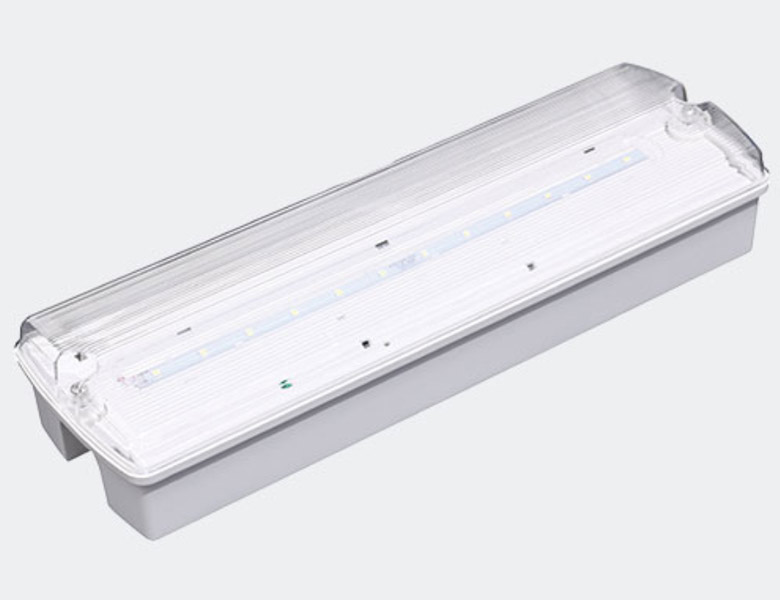Now everyone is using LED lights, and LED lights have one feature: there is often a radiator behind the lamp body. Regarding the importance of heat dissipation, it has become popular almost since the use of LED lamps. No matter how many watts of LED lamps are now, it is necessary to pay attention to heat dissipation.

Why are LEDs afraid of heat?
LED is essentially a semiconductor device (semiconductor is actually a very fragile device), as long as the temperature is slightly higher, it will degrade its performance, shorten its lifespan, and may even be damaged. In the LED chip, there are various heat-conducting media and the bottom radiator, so that the heat dissipated by the LED during operation can overflow the inside of the lamp body in time, so that the temperature of the LED itself is at a stable low temperature value.
bh1a
The way the lamps dissipate heat:
In physics, there are three basic ways of heat conduction, namely conduction, convection and radiation.
1. Conduction
The first is conduction, which means that heat will run from the place where the temperature of the object is high along the heat conductor to the part where the temperature is lower.
The factors that affect it are:
1. Thermal conductivity of heat dissipation material
2. Thermal resistance caused by heat dissipation structure
3. Shape and size of thermally conductive material
The above three points will affect the speed and efficiency of heat transfer.
2. Radiation
Radiation is a phenomenon in which a high-temperature object directly radiates heat outward. Its efficiency depends on the thermal resistance of the surrounding medium and the characteristics of the thermal radiation material itself.
3. Convection
Convection is the use of the flow of gas or liquid to carry away the heat generated.
How to judge the cooling performance
After analyzing the way the lamps dissipate heat, when we get a lamp, how do we judge whether its heat dissipation is good or not? Of course, the easiest and quickest way is to use professional equipment to measure the temperature, and there is another method called the half-hour illumination method. Generally speaking, when the junction temperature of the LED (the temperature of the PN junction inside the LED chip is referred to as the junction temperature) increases, the luminous flux will decrease. Then, we only need to indirectly measure the illuminance change of the lamp in the same position, and then we can infer the change of junction temperature.
Get monthly news, tips, and new product updates delivered straight to your inbox.
Email addresses are never sold or given out to anybody.
No.7 Xinlian Road, Sanbei Industrial Zone, Longshan Town, Cixi City, Ningbo, Zhejiang Province, PRC China
+86-574-63731821 info@china-sanity.com
Copyright© 2025 Ningbo SANITY Lighting Electric Co.,Ltd All Rights Reserved.